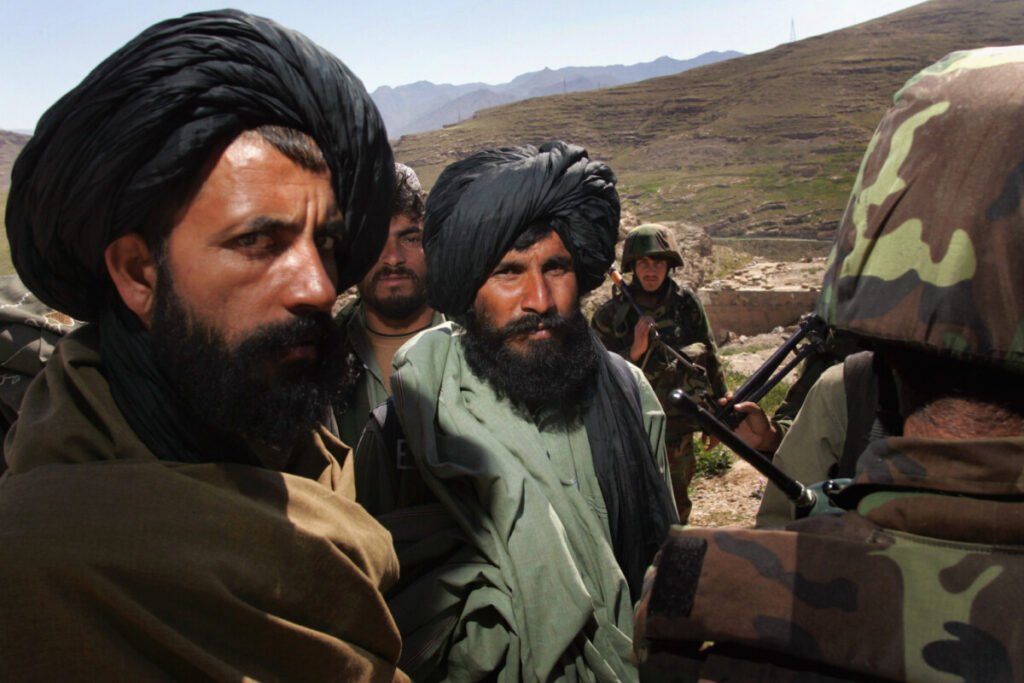Twenty years after being removed from power in a U.S.-led invasion, Taliban militiamen swept to into Afghanistan’s capital, Kabul, on Sunday, facing little resistance from Afghan government forces.
Within hours, Afghanistan’s Washington-backed president had left the country and the flag at the U.S. Embassy had been lowered amid a hasty evacuation of diplomatic personnel.
Ashraf Ghani, Afghanistan’s president, said on Facebook that his was “a hard choice,” but that he decided to leave to prevent bloodshed. He signed off his post with “Long Live Afghanistan.” The Taliban released a statement saying they had entered the capital of 6 million people and were working to restore law and order.
On Saturday, the militia’s fighters took the last remaining government stronghold of Mazar-e-Sharif, followed quickly on Sunday by the city of Jalalabad, which lies just east of Kabul on a major road artery.
By Sunday, Kabul was a scene eerily reminiscent of the fall of Saigon in 1975 in the wake of the Vietnam War, as helicopters circled the U.S. embassy as its diplomatic personnel were under evacuation orders. The comparison to Vietnam was one that U.S. Secretary of State Antony Blinken was keen to dismiss: “This is not Saigon. We went to Afghanistan 20 years ago with one mission, and that mission was to deal with the folks who attacked us on 9/11 and we succeeded in that mission,” he told CNN’s State of the Union.

In an alert on Sunday, the U.S. embassy cautioned of reports that Kabul’s airport was “taking fire” and that “we are instructing U.S. citizens to shelter in place.” A U.S. military official told NPR the airport was closed to commercial aircraft as military evacuations continue.
Earlier, the White House had ordered about 5,000 troops to be sent to Afghanistan to provide security and assist in evacuations of U.S. personnel. The Pentagon confirmed on Sunday another 1,000 would head there as well.
The day’s events were a dramatic coda to America’s longest war, prompted by the Taliban’s refusal to hand over Osama bin Laden in the immediate aftermath of the Sept. 11, 2001, terrorist attacks. Within weeks of the attacks on New York and Washington, D.C., U.S.-led forces invaded the country, toppling the Taliban by year’s end.
But that involvement stretched from months into years. Since then, more than 2,400 U.S. service members, some 3,800 American contractors, more than 1,100 other allied service members, and an estimated 66,000 Afghan national military and police have lost their lives due to the conflict, along with more than 47,000 civilians, according to Brown University’s Costs of War Project.